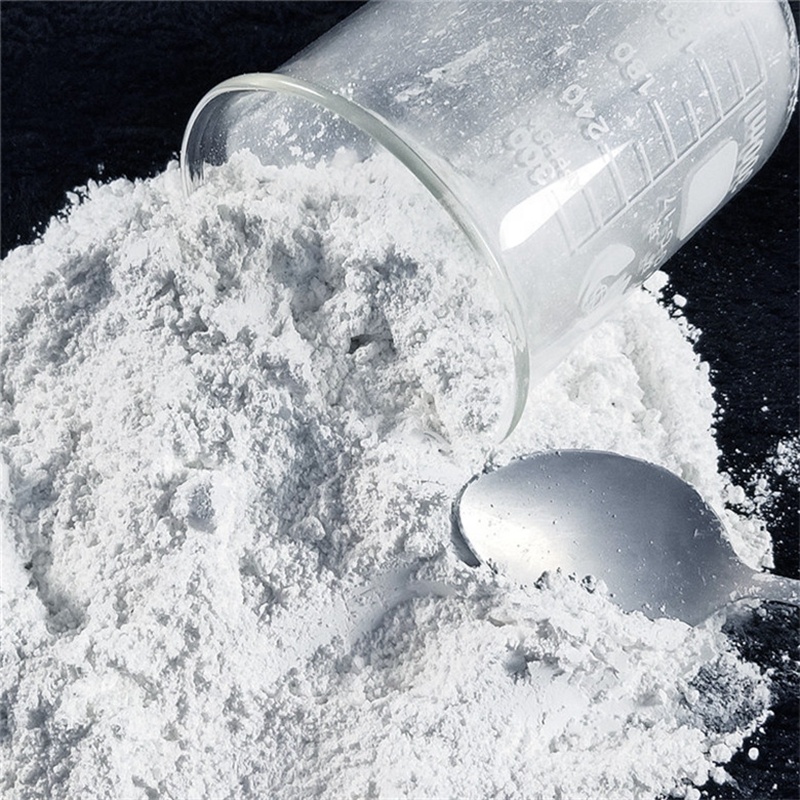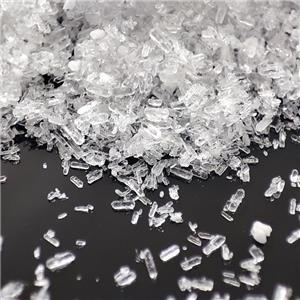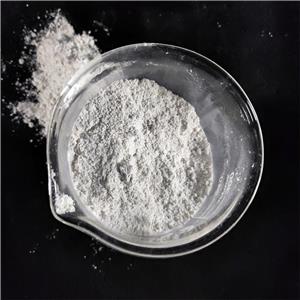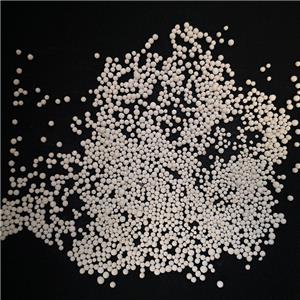What are the advantages of magnesium hydroxide in the field of flame retardants?-1
As an efficient and environmentally friendly inorganic flame retardant, Magnesium Hydroxide for flame retardant has been increasingly used in the fields of plastics, rubber, building materials, etc. in recent years. Compared with traditional halogen flame retardants, magnesium hydroxide has significant advantages such as non-toxicity, smoke suppression, and high thermal stability, and is gradually becoming the "golden partner" in the flame retardant market. This article will comprehensively analyze the unique advantage mechanism of Magnesium Hydroxide for flame retardant, explore its specific application performance in various industrial fields, compare its performance differences with similar products, and look forward to future development directions. Through a systematic review of its Magnesium Hydroxide for flame retardant efficiency, environmental friendliness, multifunctional characteristics, and the latest research progress, it reveals how magnesium hydroxide meets the dual requirements of modern industry for material safety and environmental protection, and provides a scientific reference for the selection and application of flame retardants.
Environmental advantages and mechanism of action of magnesium hydroxide flame retardant
In today's era of emphasis on sustainable development and environmentally friendly materials, magnesium hydroxide flame retardant stands out due to its unique environmental characteristics and becomes an ideal choice to replace traditional halogen flame retardants. The flame retardant mechanism of magnesium hydroxide (Mg(OH)₂) is mainly based on its endothermic decomposition and release of water vapor. This process not only effectively inhibits combustion, but also completely avoids the production of toxic substances. When the temperature reaches 340°C,Magnesium Hydroxide Flame Retardant begins to decompose into magnesium oxide and water vapor. This endothermic reaction requires the absorption of a large amount of heat (about 1.3kJ/g), which significantly reduces the surface temperature of the material and delays the combustion process19. The released water vapor can dilute the concentration of combustible gas and oxygen, forming a gas phase barrier effect. At the same time, the generated magnesium oxide layer covers the surface of the material as a dense barrier, preventing further transfer of heat and oxygen.

Compared with traditional halogen flame retardants, Magnesium Hydroxide Flame Retardant does not release corrosive and toxic gases such as hydrogen chloride and hydrogen fluoride during combustion, nor does it produce persistent organic pollutants such as dioxins, making it a flame retardant solution that complies with the most stringent environmental regulations1. International environmental regulations such as ROHS (Restriction of Hazardous Substances Directive) and REACH (Registration, Evaluation, Authorization and Restriction of Chemicals) have increasingly stringent restrictions on toxic substances in materials, and Magnesium Hydroxide Flame Retardant fully meets these requirements, clearing the way for product exports and international market access. Research data shows that the total smoke emission of polybenzoxazine resins added with magnesium hydroxide during combustion is significantly reduced from 2578.5m²/m² to 1686.19m²/m², a decrease of 34.6%, showing excellent smoke suppression performance.
The environmental advantages of Magnesium Hydroxide for flame retardantare also reflected in its wide range of raw material sources and clean production process. As a natural mineral, magnesium hydroxide can be prepared by processing brucite or seawater/brine chemical precipitation, which is abundant and renewable9. Unlike organic flame retardants that require complex synthesis processes, the production process of Magnesium Hydroxide Flame Retardant has low energy consumption, does not involve toxic intermediates, and reflects environmentally friendly characteristics throughout the entire life cycle from raw materials to finished products. This "cradle to grave" green attribute makes Magnesium Hydroxide for flame retardant particularly suitable for fields with strict environmental protection requirements, such as electronic appliances, children's products, medical equipment and indoor building materials.
Table: Comparison of environmental performance of magnesium hydroxide and traditional flame retardants
| Performance indicators | Magnesium hydroxide | Halogen flame retardant | Aluminum hydroxide |
| Decomposition temperature (℃) | 340-490 | 200-300 | 180-200 |
| Combustion gas toxicity | None | High (release HX, etc.) | None |
| Smoke suppression effect | Excellent | Poor | General |
| Compliance with environmental regulations | Fully compliant | Restricted | Basically compliant |
| Ash form | Core-like non-flowing | Corrosive residue | Powder-like easy to fall off |




